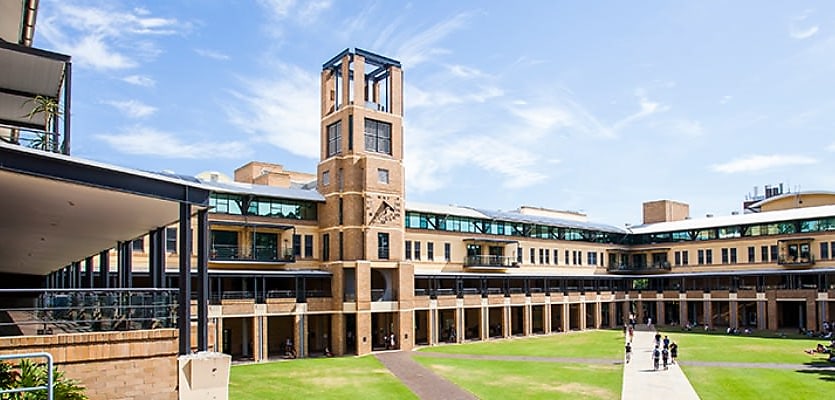The Property Council of Australia (PCA) has determined there’s a wealth of underutilised assets held by education providers in Australia that are “ripe for private sector partnership”.
Zeroing in on NSW, PCA advocates for both state-run and private educational institutions to leverage a cumulative portfolio that totals more than $52 billion through partnerships with the private sector to increase asset values and, in many cases, get themselves out of the red.
As noted by Property Council’s NSW executive director, Luke Achterstraat, six out of 10 NSW public universities reported an operating deficit in 2020, with a decline in net operating result of $396 million since 2019 across all 10.
“These models reflect the federal funding environment which continues to shrink, forcing a dependency on international student income as well as a need to find alternate sources of funding,” Mr Achterstraat said.
“That alternate source of funding could hide within the value of the NSW education sector’s property portfolio [that is] greater than $52 billion, consisting of real estate assets that are primed for reapplication toward additional revenue generating ventures,” he explained.
Underdeveloped land and underutilised buildings, for example, are perfect for private sector partnerships, especially given that capital markets are already looking to expand into alternative asset classes.
Mr Achterstraat advocates for co-investment in developments with the private sector, which he sees as combining “the strengths of academia with commercialisation”.
“If better leveraged to generate returns in line with the institutional real estate sector, the income growth for the sector could be exponential and the industry will not have to rely on outdated funding models,” he said.
Mr Achterstraat said that now was the moment for the property industry to bring their expertise and balance sheet to work with educational institutions for a mutually beneficial outcome.
“Students and their families and friends need somewhere to sleep, ways to get around, places to eat, work, shop, study and have fun. Increased foot traffic and beds associated with education assets bring life to the precincts and districts they inhabit and will continue to fuel placemaking and planning across the state,” he noted.
“A golden opportunity exists for the sectors to work together to further develop the billions of dollars already invested in the education sector’s asset base.”
ABOUT THE AUTHOR
Juliet Helmke
Based in Sydney, Juliet Helmke has a broad range of reporting and editorial experience across the areas of business, technology, entertainment and the arts. She was formerly Senior Editor at The New York Observer.

Never miss a beat with
Stay across what’s happening in the Australian commercial property market by signing up to receive industry-specific news and policy alerts, agency updates, and insights from reb.
Subscribe to reb Commercial:









You are not authorised to post comments.
Comments will undergo moderation before they get published.